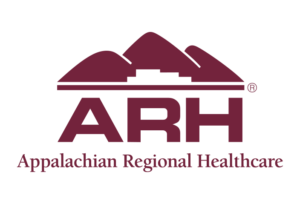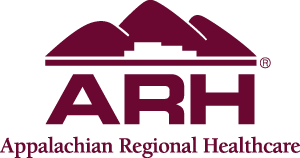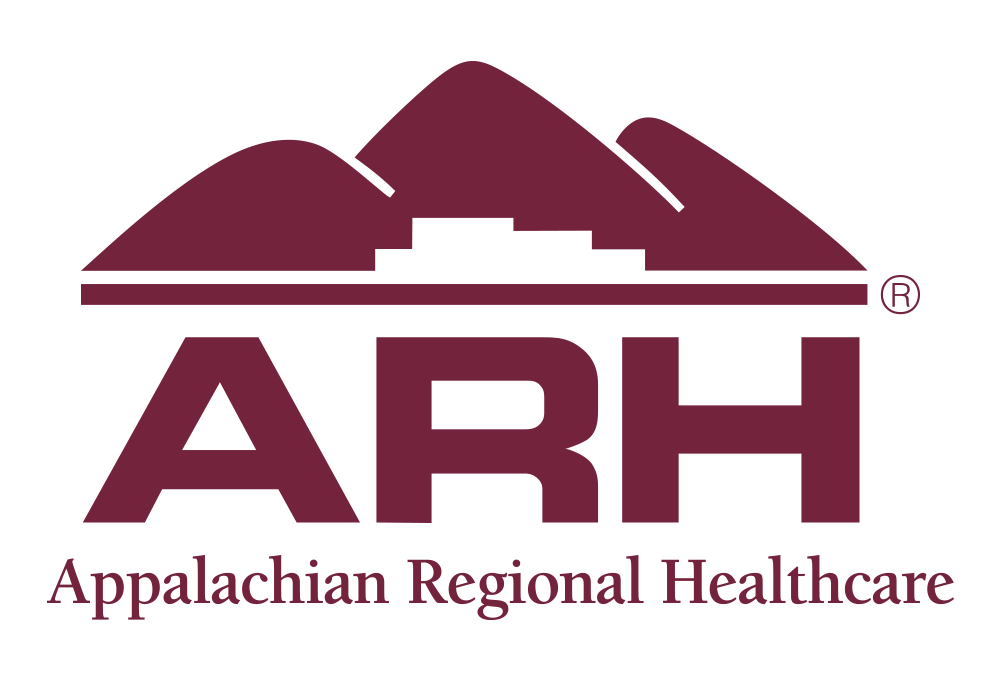
NEWS RELEASE – October 20, 2022
Additional Screening Sometimes Needed for Women With Dense Breast Tissue
October 20, 2022 – Throughout October, increased emphasis is placed on the importance of mammograms, for women 40 and over, to aid in the early detection and treatment of breast cancer.
Mammograms, according to the CDC, are the single most effective tool for diagnosing breast cancer.
For women with dense breast tissue, however, detection can sometimes prove more difficult.
 Dr. Nanditha George, breast radiologist at the ARH Medical Mall in Hazard, Ky., explains breast composition.
Dr. Nanditha George, breast radiologist at the ARH Medical Mall in Hazard, Ky., explains breast composition.
“There are four descriptors of breast density: almost entirely fatty, scattered areas of fibroglandular density, heterogeneously dense and extremely dense.”
Women with the latter two densities are classified as having dense breasts, which Dr. George says is a normal and common finding.
She says 10 percent of women have almost entirely fatty breasts; 40 percent have scattered areas of fibroglandular density; another 40 percent have heterogeneously dense breasts; and 10 percent have extremely dense breasts.
That matters, she says, because fatty breasts appear dark and mostly transparent, whereas glandular and connective tissue – the components of dense breasts – are white and solid.
“It makes screening more difficult because it can mask cancer, which also appears white,” she explains.
Additionally, Dr. George says, women with dense breasts are at a greater risk for developing breast cancer.
“It’s known to increase the risk, but we aren’t certain why,” she says.
What is known, however, is although the risk is greater and the detection is more difficult, mammograms, followed sometimes by additional testing, are effective at identifying cancer even in women with dense breasts.
“It can still be detected,” Dr. George says, adding mammograms are the only screening tool proven to reduce mortality caused by breast cancer.
“Mammograms have reduced breast cancer deaths by 40 percent since the 1990s,” she says. “The goal is to reduce death rates through early screening, which helps us treat the cancer earlier.”
Dr. George recommends annual screening for all women, beginning at the age of 40, but adds women at high risk may benefit from earlier screening.
“You should speak to your family doctor about your risk and to determine at what age to begin screening,” she says.
“And at the same time, it’s important to do self-breast exams at least once a month,” she continues. “If you know your breasts, you’ll notice changes and other symptoms and you can flag those.”
###
In an effort to encourage preventative screening and make it more accessible to all, hospitals throughout the Appalachian Regional Healthcare system are offering $50 mammograms through October.
No referrals or physicians’ orders are necessary, but patients must have a primary care physician or an OBGYN who can receive the report.
###
Appalachian Regional Healthcare (ARH) is a not-for-profit health system operating 14 hospitals in Barbourville, Hazard, Harlan, Hyden, Martin, McDowell, Middlesboro, Paintsville, Prestonsburg, West Liberty, Whitesburg, and South Williamson in Kentucky and Beckley and Hinton in West Virginia, as well as multi-specialty physician practices, home health agencies, home medical equipment stores and retail pharmacies. ARH employs more than 6,500 people with an annual payroll and benefits of $330 million generated into our local economies. ARH also has a network of more than 600 active and courtesy medical staff members. ARH is the largest provider of care and the single largest employer in southeastern Kentucky and the third-largest private employer in southern West Virginia.

